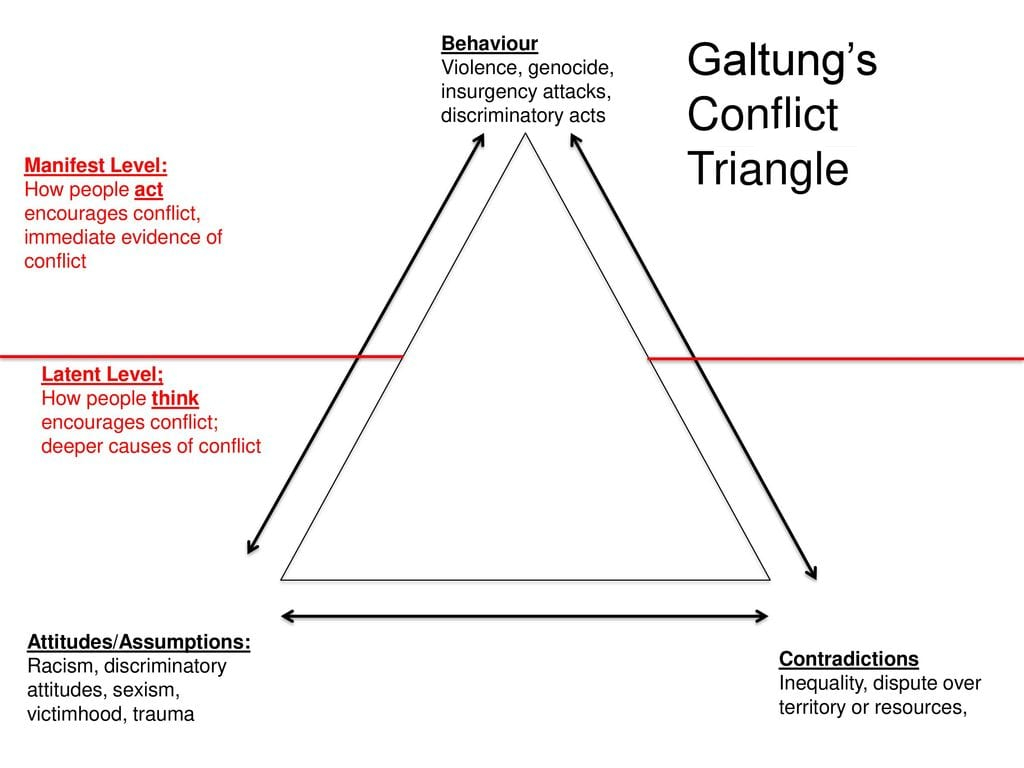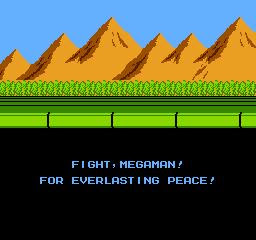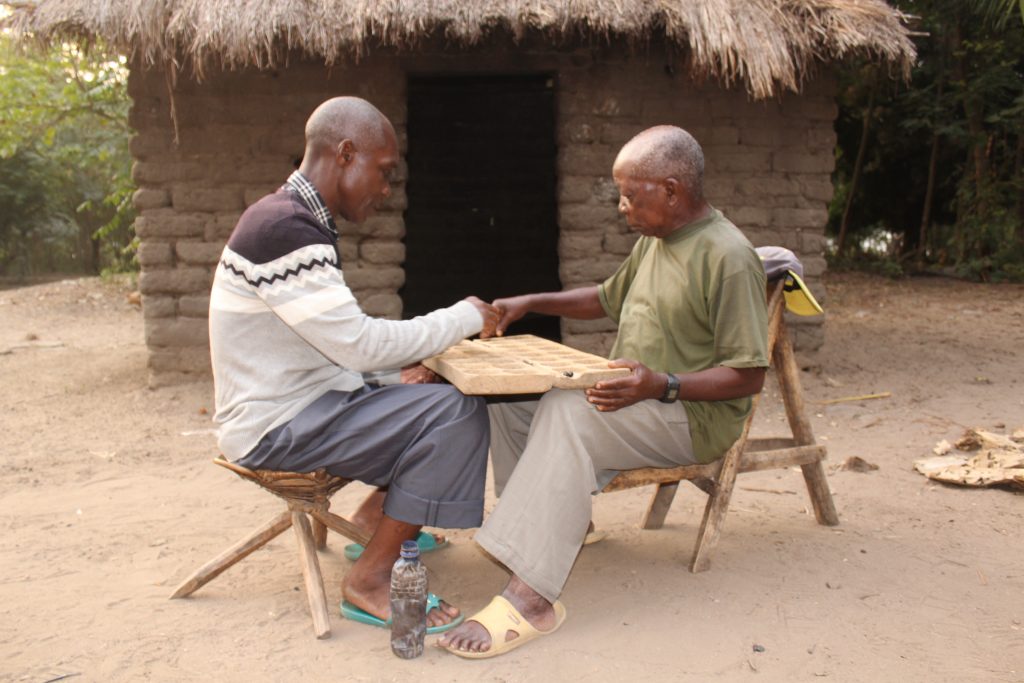Mennonite Central Committee is a global, nonprofit organization that strives to share God’s love and compassion for all through relief, development and peace.
One question that we get a lot is…
What do we mean by Peace?
By peace, we do not mean the simple absence of armed conflict or even reaching surface level harmony. In the Bible, the Hebrew word Shalom (שָׁלוֹם) is often translated as peace in English but that translation misses some of Shalom’s deeper meaning.

The biblical concept of Shalom incorporates not only peace and harmony but also wholeness, completeness, communal prosperity, mutual welfare, and tranquility. It is a return to right relationship with God, with one another, and with nature. Shalom is a call back to the Garden of Eden as it was before the Fall and a call forward to the Peaceable Kingdom as prophesied by Isaiah. Shalom is not human peace but God’s peace; it is the answer to the longing of ‘we were made for more than this.‘
“I have told you all this so that you may have peace in me. Here on earth you will have many trials and sorrows. But take heart, because I have overcome the world.”
John 16:33, NLT
Humanly speaking, it is of course impossible for us to achieve perfect Shalom but, as Jesus told the disciples, with God all things are possible. We’re not trying to make this happen by own power but, in our little ways, to strive to demonstrate God’s love for all people through our actions. As I wrote in Why Mennonite Central Committee?, “Institutions are imperfect. People are imperfect. Relationships, history, and methodology too. Hope in them will disappoint. God’s Peaceable Kingdom is perfect. It’s something that we yearn for yet it’s something we can never achieve on our own. God will never disappoint. To pursue this impossible vision is why I am with MCC.”
I come not to bring this old peace which is merely the absence of tension; I come to bring a positive peace which is the presence of justice and the Kingdom of God. Peace is not merely the absence of something, but it’s the presence of something.
Martin Luther King Jr, 1957 Speech in Montgomery, Alabama
The formal study of peacebuilding affirms this biblical grounding. Johan Galtung, a noted pioneer in the field of peace and conflict studies, defined Negative Peace and Positive Peace in 1964.
- Negative Peace is defined by the absence of violence or the fear of violence. It is motivated by Negative outcomes. In colloquial terms, it is all stick and no carrot.
- Positive Peace is defined by attitudes, institutions, and structures that create and sustain peaceful societies. It is motivated by Positive outcomes. In colloquial terms, it is the carrot.
In the 1969 Journal of Peace Research, Johan Galtung introduced the Conflict Triangle model to demonstrate how manifest level conflict is driven by latent level drivers. In other words, behavior or actions are driven by attitudes and contradictions.

Source: Journal of Peace Research, Vol. 6, No. 3 (1969), pp. 167-191
This model of Behavior, Attitudes, and Contradictions aligns with Shalom’s deeper meaning. This understanding integrates MCC’s Relief, Development, and Peace into a cohesive vision. MCC envisions communities worldwide in right relationship with God, one another and creation.
While Johan Galtung is recognized as the founder of the modern academic field of peace and conflict studies, in the decades since many Mennonite academics, such as John Paul Lederach, have contributed a great deal to the field and some followers of Christ have engaged in peacebuilding since the Sermon on the Mount.
“Conflict in itself is not sin. But sin may enter into the situation, depending on how we approach conflict, how we deal with it, and especially how we treat each other. Sin is a feature of the quality of our relationships. The signs of sin entering conflict appear when we want to be God, when we assume superiority, when we oppress, when we try to lord it over others, when we refuse to listen, when we discount and exclude others, when we hold back deep feelings, when we avoid, when we hate, and when we project blame with no self-reflection.”
John Paul Lederach, Reconcile: Conflict Transformation for Ordinary Christians

There’s a classic video game series called Megaman. The first game in the series, released in 1987, ends with this message for the titular robotic hero, ‘Fight, Megaman! For everlasting peace!‘ Of course, the entire series – there are over 50 games now – revolve around the robot Megaman, or one of his successors, fighting. There’s not a lot of peace to be found in the series.
Negative Peace can be imposed on a community or group. Nuclear deterrence is, perhaps, the highest stake example of this but on a local scale we can see it when civil protest are suppressed by force or the threat of force. Negative Peace forces Behavior change, often through fear, but rarely addresses the underlying Attitudes and Contradictions that continue to drive violence. However, Negative Peace rarely lasts long after the suppressing factor disappears and when the underlying Assumptions/Contradictions are left unaddressed, or underaddressed, the pressure also grows towards an eruption of manifest violence.
Force is all conquering, but it’s victories are short lived.
Abraham Lincoln
Historically, there are many examples of times when the imposition of Negative Peace stopped horrific crimes against humanity. The Vietnamese invasion of Cambodia that drove the Khmer Rouge out of power being one of them. But let’s look at another historic example; the first World War was considered the ‘War to end all Wars’ but the imposition of Negative Peace at it’s end, with the victorious Allies severely punishing the defeated Central powers for the tremendous suffering caused by the war, laid the groundwork for the rise of Fascism and the Second World War. Compare that to the end of the Second World War when the defeated Axis powers not only received aid to rebuild but were brought back into the international community.

Positive Peace requires us to focus on the underlying Attitudes and Contradictions. This requires a holistic approach that includes listening deeply, helping to meet needs, building community, and reconciling. It features restorative justice, where the community is made whole, rather than retributive justice, which is focused on punishing the wrongdoer. As CS Lewis wrote, “To be a Christian means to forgive the inexcusable because God has forgiven the inexcusable in you.” Positive Peace is not something that can be imposed on a community but rather requires their buy-in and involvement. It’s messy and risky. It involves us letting go of the illusion of control and knowing when to step back as outsiders.
Restorative justice says, “No, the offense affected a relationship” and what you are seeking for is to restore the relationship, to heal the relationship.
Desmond Tutu
MCC primarily implements peacebuilding through the following strategies:
- Teach conflict resolution skills and peacebuilding strategies
- Encourage people to courageously choose peace over violence
- Address systemic injustices that can lead to violence
- Facilitate interfaith dialogue and relationship-building across cultural, racial and ethnic divides
- Build resilience and respond to psychological needs through trauma healing
- Provide churches with educational and advocacy resources about peace
- Peacebuilding is integrated in our relief and development efforts to meet human needs
I’m going to be giving MCC Cambodia peacebuilding projects their own posts but I wanted to include an example of a peacebuilding project in action so what follows is one from MCC DR Congo.
Women working for peace
Congolese women trained through an MCC project help resolve a decades-long conflict between neighboring villages.

Ever since 1964, neighboring Kabela and Kalunja villages in South Kivu Province of the Democratic Republic of the Congo (DR Congo) had fought over the location of their border.
The decades-long grudge caused arguments and disputes that sometimes led to violence. Young people were not allowed to intermarry, and villagers would not work together or share land and clean water. A lack of resources led to hunger and the spread of cholera.
During more than 50 years of conflict, many leaders had attempted to reconcile the villages. Finally, peace was achieved in November 2018 through a local group of female peacebuilders established by Oasis de la Culture (Oasis of Culture or Oasis), an MCC partner organization.
This was an unexpected route to greater harmony.
Traditionally, women don’t hold leadership positions or decision-making power in villages or on the national level in DR Congo.
But Mulanda Jimmy Juma, representative for MCC in DR Congo, saw opportunities for women to play a key role in bringing peace in South Kivu Province, where people deal with normal conflicts of daily life along with warring armed militias and years-long grudges.
During a peace training Juma organized for the Church of Christ in Congo in 2017, he introduced the concept of organizing Women’s Situation Rooms, women-led groups in a certain area who are trained to de-escalate crises, resolve conflicts, mediate and prevent violence.
Participants from Oasis, who attended the training, adopted the idea and currently have implemented 15 Women’s Situation Rooms with 300 members throughout South Kivu Province. MCC has supported the efforts with funding and peace training since 2018.
In 2018, Women’s Situation Rooms were formed in both Kabela and Kalunja villages and began setting the stage for resolution.
Women brought people from both villages together and began to educate them about the importance of peace, says Anna Johari Etabo, Oasis’ Women’s Situation Rooms coordinator and leader of the mediation between Kabela and Kalunja.
They reminded the villagers of the suffering that people from both villages faced, and explained how peace would improve their lives together.
During the conflict, people from Kalunja were suffering a lot, recalls Chrispin Esse Swedi, a man from Kabela. “Children were dying of cholera because they were getting dirty water from the lake.”
When there was an outbreak of cholera, some Kabela community members were moved to pity and shared clean water with those on the Kalunja side.
Kalunja community members were also tired of the conflict, says M’mandama M’mbelwa Ilelo, a Kalunja man. “People in Kalunja were saying, ‘Let’s help our brothers and sisters to grow food on our side.’ But the elders (chiefs) said, ‘We have to keep the border.’”
The next step, then, was to convince local leaders. The Women’s Situation Room invited local chiefs to a meeting, where they discussed the benefits that peace would bring to both villages.
“Of their own accord, the different chiefs said, ‘We have to resolve this conflict,’” says Etabo. “They decided together they should find a solution, so people in Kalunja would have access to water, and people in Kabela would have access to land.”
The question of the border’s location was never resolved. That quarrel was the result of turmoil and displacement during the Mulele Rebellion of 1963 to 1965, which forced people from Kabela to flee their land. When they returned, they believed that Kalunja had moved the border and taken part of their land. People of Kalunja disagreed. After 54 years, the details were too complicated to unravel.
But it didn’t matter, says Etabo. “The role of the Women’s Situation Room was not to decide the place of the two communities. What I did was to mobilize them to see the need for peace.”
wow! What a good capsule of peace information. Thank you! wonder if some of this would work with the conflicts with our aboriginal neighbours here in Canada….
We learned some about this work in MCC Atlantic Canada, which was until recently MCC Maritimes, as we attended leadership orientation with the regional Representative in 2019 but, more broadly, I believe that MCC Canada has been engaging in this work through it’s Indigenous Neighbours program. It looks like there’s an active Saskatchewan program but I’m not sure how it’s received locally.
One of the traditional challenges of Mennonite peacework is that it has gravitated outward, focused on helping others who are in conflict, rather than inward, on resolving conflicts that involve us. There was a MCC article on this in May of this year – Peace to those who are near. Of course, to be fair, that’s hardly limited to Mennonites – I’ll share the story of our partner Peace Bridges as an example of this in a future post.
I just saw this article on the subject; Saskatoon First Nation continues spirit of reconciliation with Mennonite, Lutheran communities
❤ very informative and insightful post, Charles. Thank you!!